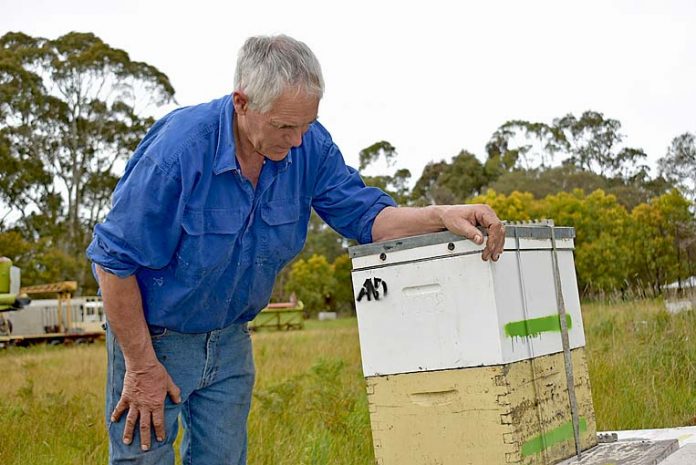

A LIMESTONE Coast beekeeper has backed a breeding program aimed at stamping out a bee-killing parasite which threatens the nation’s $8b industry.
It has been a year since the varroa mite was detected at Port Melbourne and Beckonbees Honey beekeeper Ralph Domaschenz said the focus now was breeding bees to fight back.
The varroa mite, also known as varroa destructor, kills bees by spreading Deformed Wing Disease, which effectively disables and kills bees.
The parasite can only reproduce in a honey bee colony and attaches to the body of the bee and weakens it by sucking fat bodies.
“The industry is breeding hygienic queens – they’re bred to keep the hives clean,” Mr Domaschenz said.
“Anything in the hive that is not good – they clean it out, they get rid of it. They keep things nice and tidy.”
While the varroa mite has yet to re-appear on Australian shores since 2018, the parasites are common in Asia, Europe and New Zealand.
Mr Domaschenz said he bred his bees to identify and kill threats, with over 800 hives between himself and his son.
He breeds his own queens, as well as purchasing them from New South Wales, with queens being sold for hundreds of dollars on the Australian market.
Mr Domaschenz said when bees are affected by chemicals, “it’s a one way trip to trouble” and he appreciates his neighbours going organic where possible.
“Neonictoids in particular are bad for hives and pasture seeds are often coated with it.
“Next year the crops will kill the bees, because the chemical is still in the plant.”
A beekeeper since the 1990s, Mr Domaschenz is one of five beekeepers within the Hatherleigh and Beachport areas.







